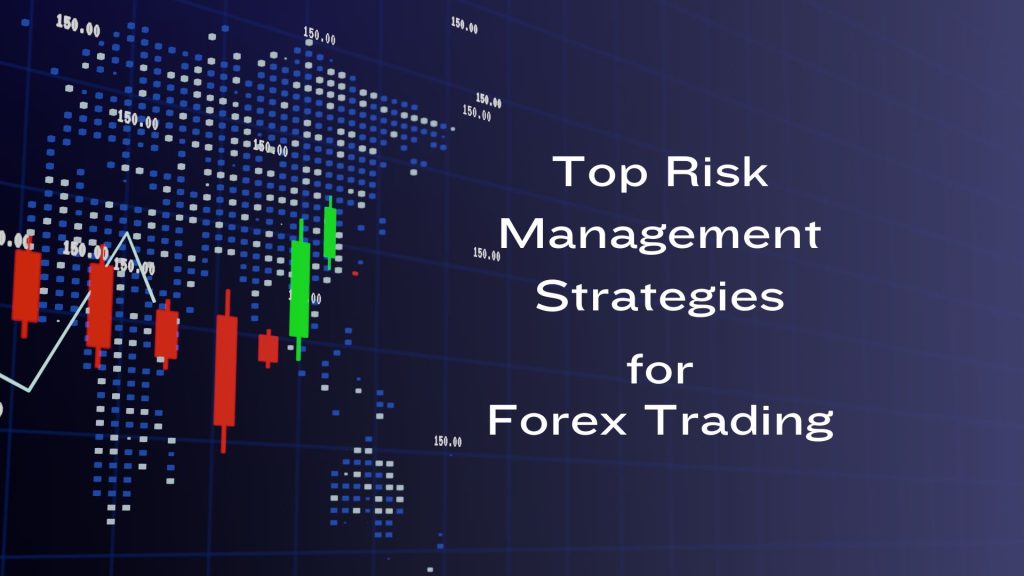
Top Risk Management Strategies in Forex Trading
Forex trading is a high-stakes market with numerous opportunities, but it also has added risk. Risk management is essential for sustained success. This blog provides effective risk management strategies to ensure traders are well-equipped to manage the complexities of the Forex market.
Top Risk Management Strategies
These are the most effective and comprehensive risk management strategies in the Forex market:
Understanding Market Fundamentals
The Forex market is the world’s largest financial market with over $6.6 trillion daily trading volume. It operates 24 hours a day, five days a week, allowing it to respond to global economic events in real time.
Currency pairs have three types: major, minor, and exotic. Major pairs include currencies from the world’s largest economies and are known for their liquidity and lower spreads. Minor pairs don’t include the US dollar but involve other major currencies, offering moderate volatility. Exotic pairs include a major currency and one from a developing economy and have higher volatility and spreads.
Grasping Leverage
Leverage in Forex trading allows traders to control large positions with a relatively small capital. It can exaggerate profits but also increase the risk of substantial losses.
Regulatory bodies have set limits on leverage to protect retail traders from this risk. For example, the European Securities and Markets Authority (ESMA) has capped leverage at 30:1 for major currency pairs and 20:1 for non-major pairs.
Developing a Trading Plan
A trading plan outlines your financial goals, risk tolerance, methodologies, and evaluation criteria. It is essential for disciplined trading. It helps mitigate impulsive decisions.
To develop a trading plan, traders should:
– Define their trading objectives.
– Assess their risk tolerance level.
– Choose trading strategies aligned with their goals and risk appetite.
– Establish criteria for evaluating trade performance and strategy effectiveness.
Setting Stop-Loss and Take-Profit Order
Stop-loss orders protect traders from significant losses by automatically closing positions once the market reaches a predetermined price. Take-profit orders secure profits by automatically closing positions when prices reach a trader’s target level. It helps traders lock in gains before the market moves against their position.
Position Sizing and Diversification
Determine the right amount to invest in a single trade by calculating a percentage of the total trading capital that shows your risk tolerance. A commonly recommended strategy is to risk no more than 1-2% of your total trading capital on a single trade. It helps in limiting potential losses without overly restricting potential gains.
Applying Currency Correlations
Currency correlations influence the risk and return of trading strategies. A positive correlation means two currency pairs move in the same direction, whereas a negative correlation means they move in opposite directions. Traders can avoid entering trades that might cancel each other out or unnecessarily double their exposure using these correlations.
Continuous Evaluation
Review trading strategies and performance regularly. Analyze successful and unsuccessful trades to understand what worked, what didn’t, and why. Adjust strategies based on this review to refine trading approaches and improve future decision-making.
Emotional Discipline
Maintain emotional discipline. Successful traders develop strategies to manage emotions like fear, greed, and overconfidence, ensuring decisions are based on rational analysis and consistent with their trading plan.
Utilizing Risk Management Tools
Trading platforms like MetaTrader offer numerous risk management tools, including real-time charts, indicators, and automated trading capabilities. These tools help users make informed decisions, execute trades efficiently, and manage positions effectively.
Conclusion
Risk management is necessary for successful long-term Forex trading. Traders must continually learn and adapt their strategies in response to market changes.
Join a global network of professionals and find the ideal liquidity partners now!
Contact us now to promote your business with us!





